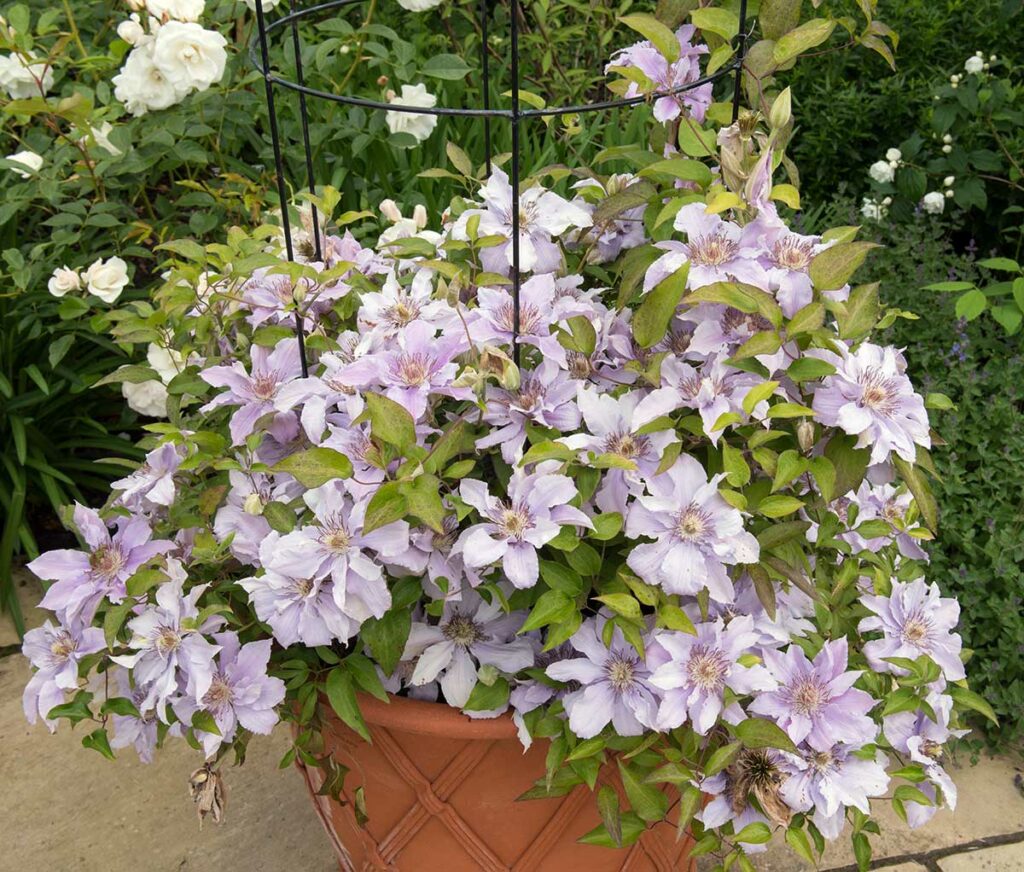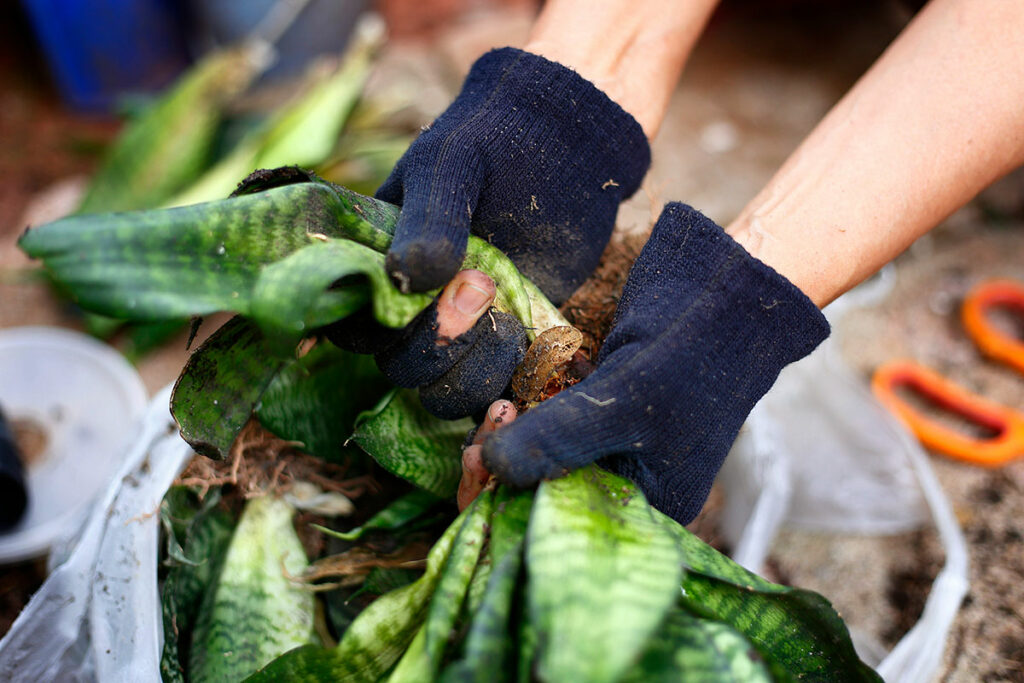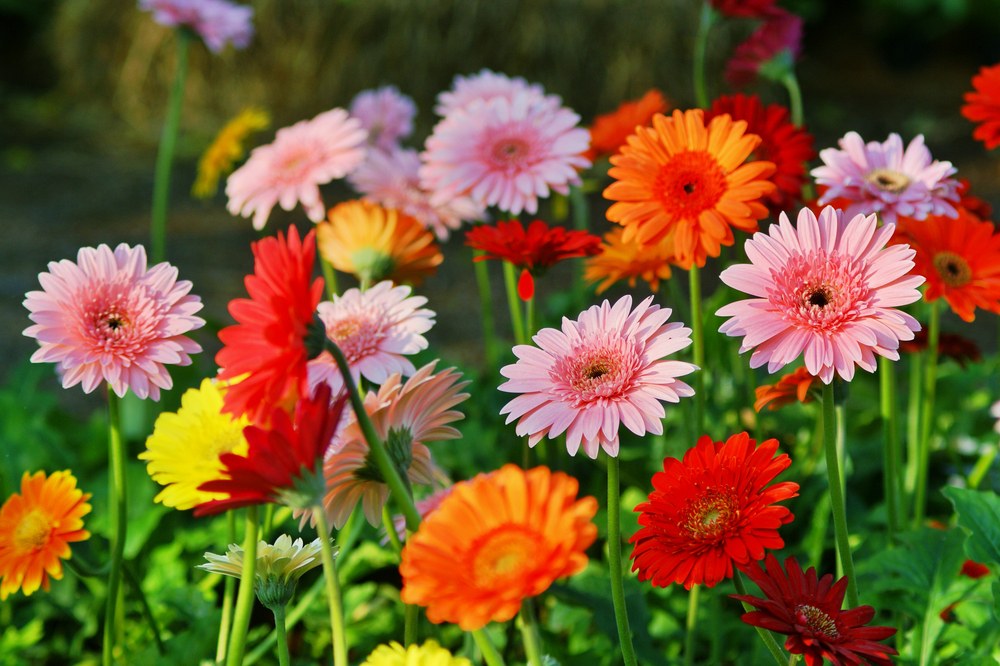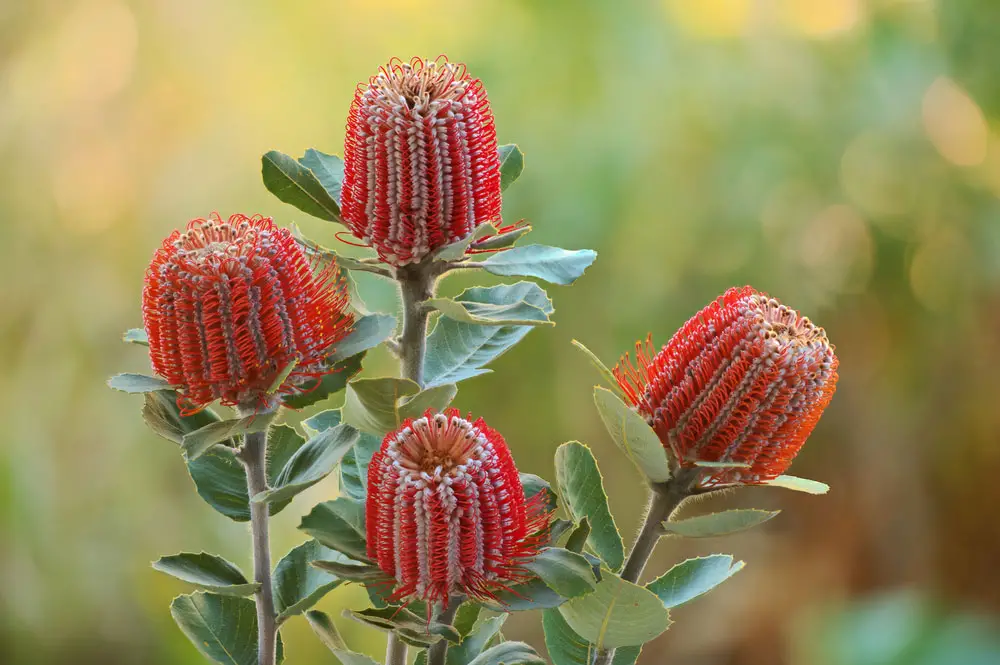As the leaves start to turn and temperatures drop, many gardeners begin to wrap up their outdoor activities. But did you know that fall and winter are crucial seasons for wildlife?
With a few thoughtful touches, you can transform your garden into a cozy haven for local fauna.
Let’s explore seven steps to make your outdoor space a wildlife paradise during the colder months.
1. Provide Essential Resources: Food, Water, and Shelter

Every living creature needs the basics to survive. By offering these essentials, you’ll attract a diverse array of wildlife to your garden.
Food
Plant native species that produce berries, nuts, and seeds. These natural food sources will sustain birds and small mammals throughout autumn and winter. Don’t be too quick to deadhead flowers – leaving seed heads on plants like sunflowers and coneflowers provides a feast for feathered friends.
Water
A clean water source is vital for wildlife. Set up a birdbath or create a shallow pond for drinking and bathing. In freezing temperatures, use a water heater or regularly replace frozen water to ensure continuous access.
Shelter
Let some plants die back naturally, keeping stems and leaves in place. This creates cozy hideaways for insects and small animals. Consider leaving piles of branches or logs in quiet corners of your garden for additional shelter options.
2. Use Native Plants

Indigenous flora is the backbone of a wildlife-friendly garden. These plants have co-evolved with local wildlife, making them the perfect choice for your eco-friendly space.
Native species are adapted to your local climate, requiring less maintenance and water. They provide familiar food sources and habitats for native insects, birds, and mammals. Research plants native to your region and incorporate them into your garden design.
3. Create Habitat Islands
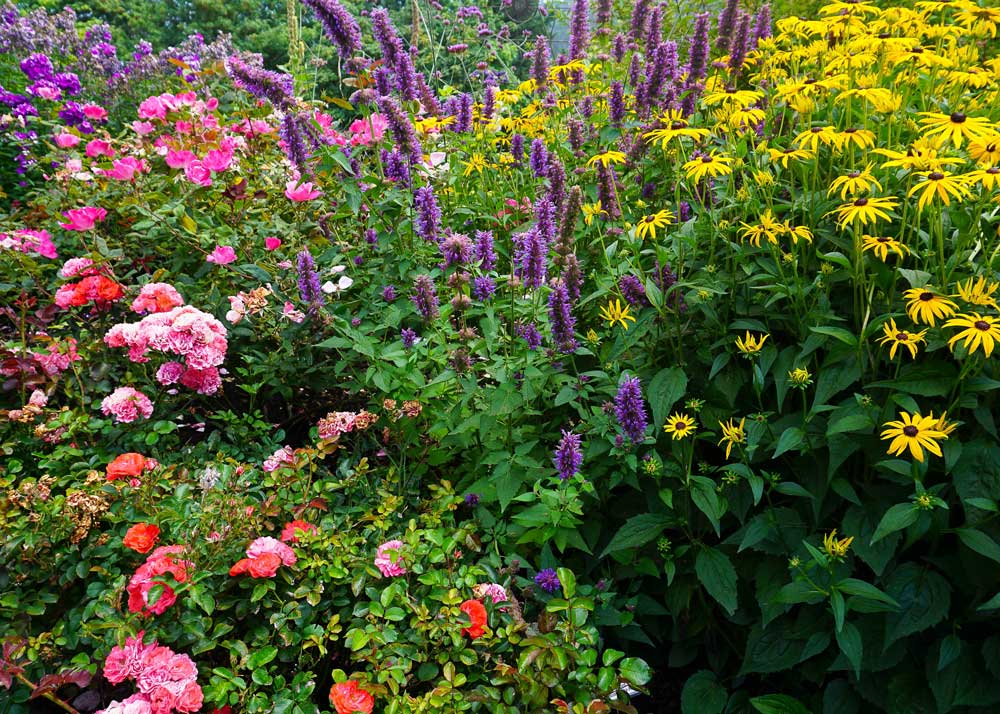
Wildlife prefers safety in numbers – and in dense vegetation. Instead of scattering individual plants across your garden, group them into clusters or “islands.”
These thickets and hedgerows offer better protection for small creatures. They also create wildlife corridors, allowing animals to move safely through your garden. Consider planting a mix of shrubs, trees, and ground cover in each island for maximum benefit.
4. Layer Your Garden

Nature doesn’t grow in neat rows – and neither should your wildlife garden. Aim for a multi-layered approach to planting.
Start with ground cover plants, then add shrubs of varying heights. Incorporate small trees and, if space allows, larger trees. This diversity supports various species, offering food and shelter at multiple levels. It also creates a more natural, visually appealing garden.
5. Avoid Chemicals

A truly wildlife-friendly garden is free from harmful pesticides and herbicides. These chemicals can harm beneficial insects and the wildlife that feed on them.
Embrace organic gardening practices instead. Use companion planting to deter pests naturally. Encourage beneficial insects like ladybugs and lacewings to keep harmful bugs in check. Your garden – and its wildlife residents – will thank you.
6. Allow Natural Decay

It’s tempting to tidy up your garden as winter approaches. But resist the urge to be too neat – a bit of mess is best for wildlife.
Leave fallen leaves on the ground to create a natural mulch. This protects plant roots and provides a cozy home for insects and small animals. Allow some plant debris to remain standing – it offers shelter and food sources throughout winter.
7. Install Wildlife Features

Give nature a helping hand by adding purpose-built wildlife structures to your garden.
Hang birdhouses at various heights to attract different species. Install bat boxes on trees or the side of buildings to provide roosting spots. Create insect hotels using hollow stems, pine cones, and bits of bark. These features offer additional nesting and shelter options, boosting biodiversity in your garden.
Bringing It All Together
Creating a wildlife-friendly garden for fall and winter isn’t just about helping local fauna – it’s about fostering a deeper connection with nature. As you implement these steps, you’ll notice your garden coming alive with activity, even in the coldest months.
Start small if you’re feeling overwhelmed. Choose one or two steps to focus on this year, and gradually expand your efforts each season. Remember, every little bit helps when it comes to supporting wildlife.
Keep a journal of the wildlife you observe in your garden. Note which plants seem most popular and which features attract the most activity. This will help you refine your approach over time, creating an ever-more-welcoming space for your wild neighbors.
Don’t forget to enjoy your creation! Set up a comfortable seating area where you can watch the wildlife go about their daily routines. There’s something magical about seeing a robin flit through snow-covered branches or watching squirrels scamper across your garden in search of buried treasures.
By transforming your garden into a wildlife haven, you’re not just creating a beautiful outdoor space – you’re playing a vital role in supporting local ecosystems. Your efforts contribute to the larger patchwork of wildlife-friendly areas, helping to maintain biodiversity in your community.
So, as the days grow shorter and the air turns crisp, don’t retreat indoors. Instead, step out into your garden and witness the myriad ways wildlife adapts to the changing seasons. With these seven steps, you’ll create a vibrant, life-filled sanctuary that brings joy throughout the year.






